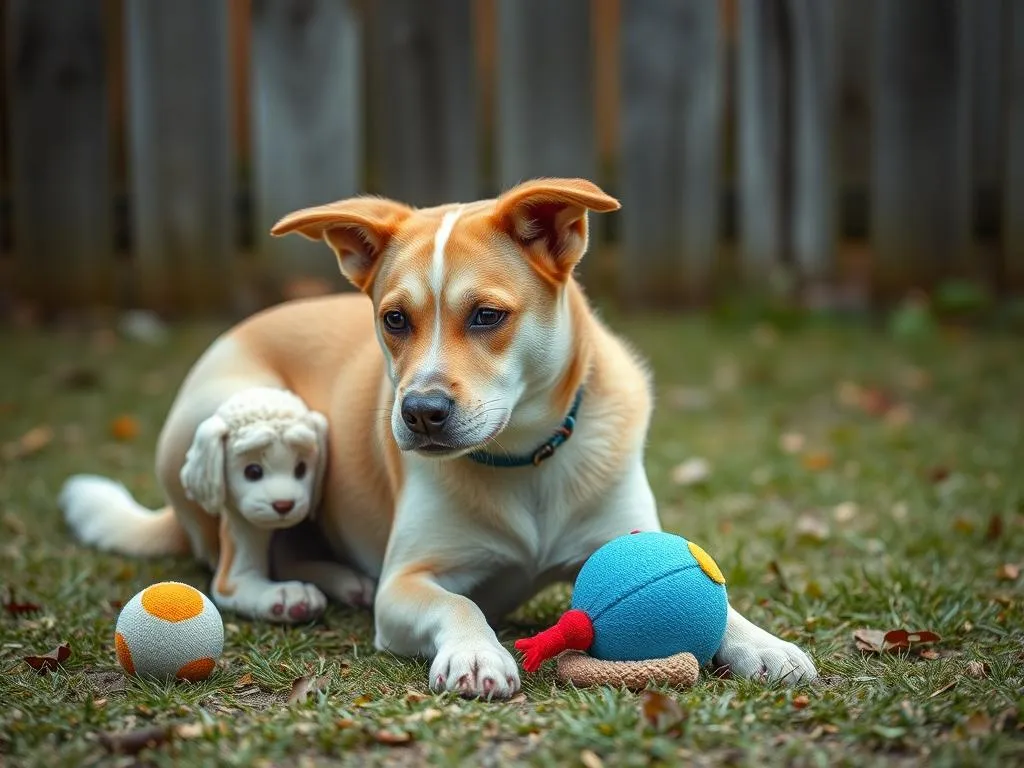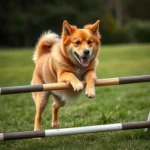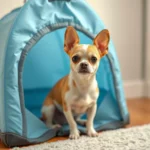
Introduction
Training your dog to help with household chores can be a rewarding experience for both you and your furry friend. One particularly useful command is teaching your dog to put away toys. Not only does this help keep your living space organized, but it also provides your dog with mental stimulation and a sense of accomplishment. In this guide, we’ll walk you through a step-by-step process on how to teach your dog this valuable skill.
Understanding Your Dog’s Behavior
The Psychology of Dogs
Dogs are incredibly intelligent creatures that learn through a combination of observation, repetition, and positive reinforcement. Understanding your dog’s learning processes is crucial. They thrive on rewards and praise, which helps reinforce good behavior. When you adopt a positive reinforcement approach, you create a more enjoyable training experience for both you and your dog.
Assessing Your Dog’s Readiness
Before diving into training, consider your dog’s age, breed, and temperament. Younger dogs tend to have more energy and may be more eager to learn, while older dogs might have established routines that could make learning new commands challenging. Look for signs that your dog is ready to tackle a new task, such as their willingness to engage during playtime or their curiosity about new activities.
Preparing for Training
Gathering Supplies
To successfully teach your dog to put away toys, you’ll need a few essential supplies:
- Toys: A variety of toys, ideally ones that your dog enjoys.
- Treats: High-value treats that your dog loves to encourage reward-based training.
- Training Clicker: Optional but beneficial for marking correct behavior.
- Toy Box: A designated space where your dog can put their toys away.
Having these supplies ready will set you and your dog up for success.
Creating a Suitable Training Environment
Choose a quiet, distraction-free area for your training sessions. This could be a room in your house or your backyard. Ensure that the environment is comfortable for your dog, with enough space to move freely. A calm atmosphere will help your dog focus better and make the learning process smoother.
Step-by-Step Training Guide
Teaching the “Take It” Command
The first step in teaching your dog to put away toys is introducing the command “Take It.” Here’s how to do it:
- Get Your Dog’s Attention: Hold a toy in front of your dog.
- Say “Take It”: Use a clear and encouraging tone to give the command.
- Reward Immediately: When your dog takes the toy, praise them enthusiastically and offer a treat.
Repeat this process until your dog consistently responds to the “Take It” command. Reinforcement is key, so make sure to celebrate their success each time.
Introducing the Toy Box
Once your dog understands the “Take It” command, it’s time to introduce the toy box:
- Show the Toy Box: Place the toy box in a visible location.
- Encourage Exploration: Allow your dog to sniff and explore the box at their own pace.
- Use Treats: When your dog shows interest in the toy box, reward them with treats.
This step helps your dog associate the toy box with positive experiences, making it more likely they will want to interact with it.
Combining Commands: “Take It” and “Put It Away”
Now that your dog is familiar with the toy box, it’s time to combine the commands:
- Use the “Take It” Command: Ask your dog to take a toy.
- Guide Them to the Toy Box: Gently lead your dog to the toy box if they’re unsure where to go.
- Introduce “Put It Away”: As your dog approaches the box, say “Put It Away” in a cheerful tone.
- Reward Success: When they drop the toy in the box, reward them immediately.
Repeat this process, gradually decreasing your guidance as your dog becomes more confident in performing the task independently.
Using Positive Reinforcement
Positive reinforcement is vital throughout this training process. Every time your dog successfully puts away a toy, reward them with treats, verbal praise, or a short play session. This will encourage them to repeat the behavior. Dogs respond well to a variety of rewards, so experiment to see what your dog enjoys most.
Troubleshooting Common Issues
Dog Not Interested in Toys
If your dog seems disinterested in the toys, consider the following strategies:
- Engagement: Use interactive toys that require your dog to think and play, such as puzzle toys or toys that dispense treats.
- Variety: Rotate toys regularly to keep things fresh and exciting.
- Playtime: Spend time playing with your dog using the toys to spark their interest.
Lack of Motivation
Sometimes, dogs may lack motivation during training sessions. Here’s how to boost their enthusiasm:
- Higher-Value Treats: Use more desirable treats that your dog doesn’t get at other times.
- Short Sessions: Keep training sessions short and fun to avoid overwhelming your dog.
- Fun Atmosphere: Incorporate play into the training to make it a more enjoyable experience.
Consistency and Patience
Consistency is crucial in dog training. Establish a regular training schedule, and stick to it. If your dog isn’t catching on as quickly as you’d like, remember to be patient. Every dog learns at their own pace, and it’s essential to encourage them rather than rush the process.
Advanced Techniques
Increasing Difficulty
As your dog masters putting away toys, you can gradually increase the complexity of the task:
- Distance: Start placing the toy box farther away and see if your dog can still reach it.
- Distractions: Introduce distractions, such as other toys or noises, to see if your dog can stay focused.
This will help reinforce their training and improve their concentration.
Using Advanced Commands
Consider teaching your dog additional commands that can complement their ability to put away toys:
- “Drop It”: Useful for getting your dog to release items.
- “Fetch”: Enhances their retrieving skills, making it easier to bring toys to the box.
Teaching multiple commands can lead to better obedience and a more enjoyable training experience.
Maintaining the Behavior
Consistent Practice
To ensure your dog retains the skill of putting away toys, regular practice is necessary. Incorporate this task into your daily routine, such as having your dog put away toys after playtime or before meals. The more they practice, the more natural it will become.
Celebrating Success
Celebrate the milestones in your training journey! Whether it’s a simple “good job” or an extra play session, acknowledging your dog’s achievements keeps the training process enjoyable. It also strengthens your bond and encourages them to keep learning.
Conclusion
Training your dog to put away toys is not only beneficial for maintaining a tidy home but also fosters a deeper connection between you and your pet. By understanding your dog’s behavior, preparing effectively, and using positive reinforcement, you can successfully teach this valuable command. Remember to be patient and consistent, and don’t forget to celebrate your dog’s successes along the way. Happy training!









